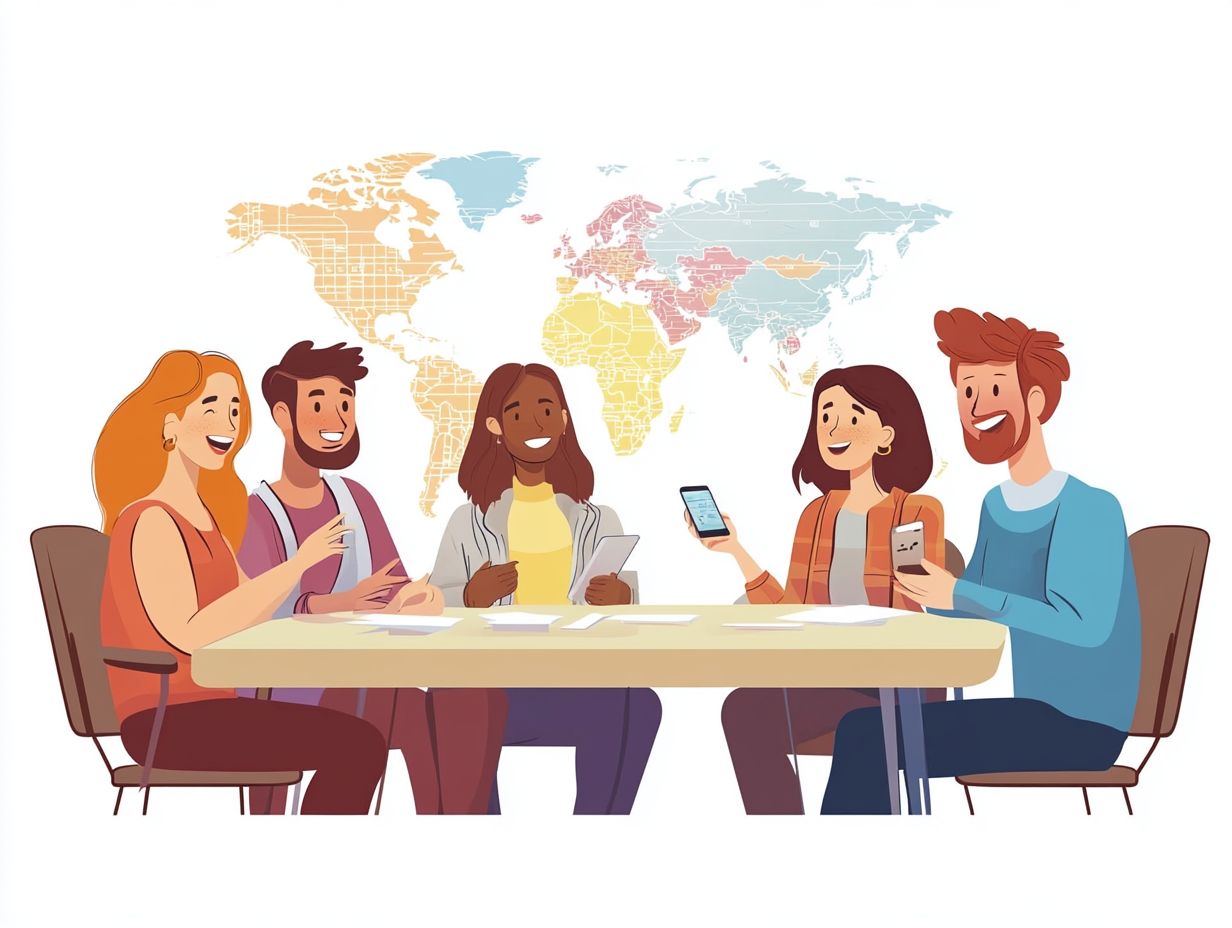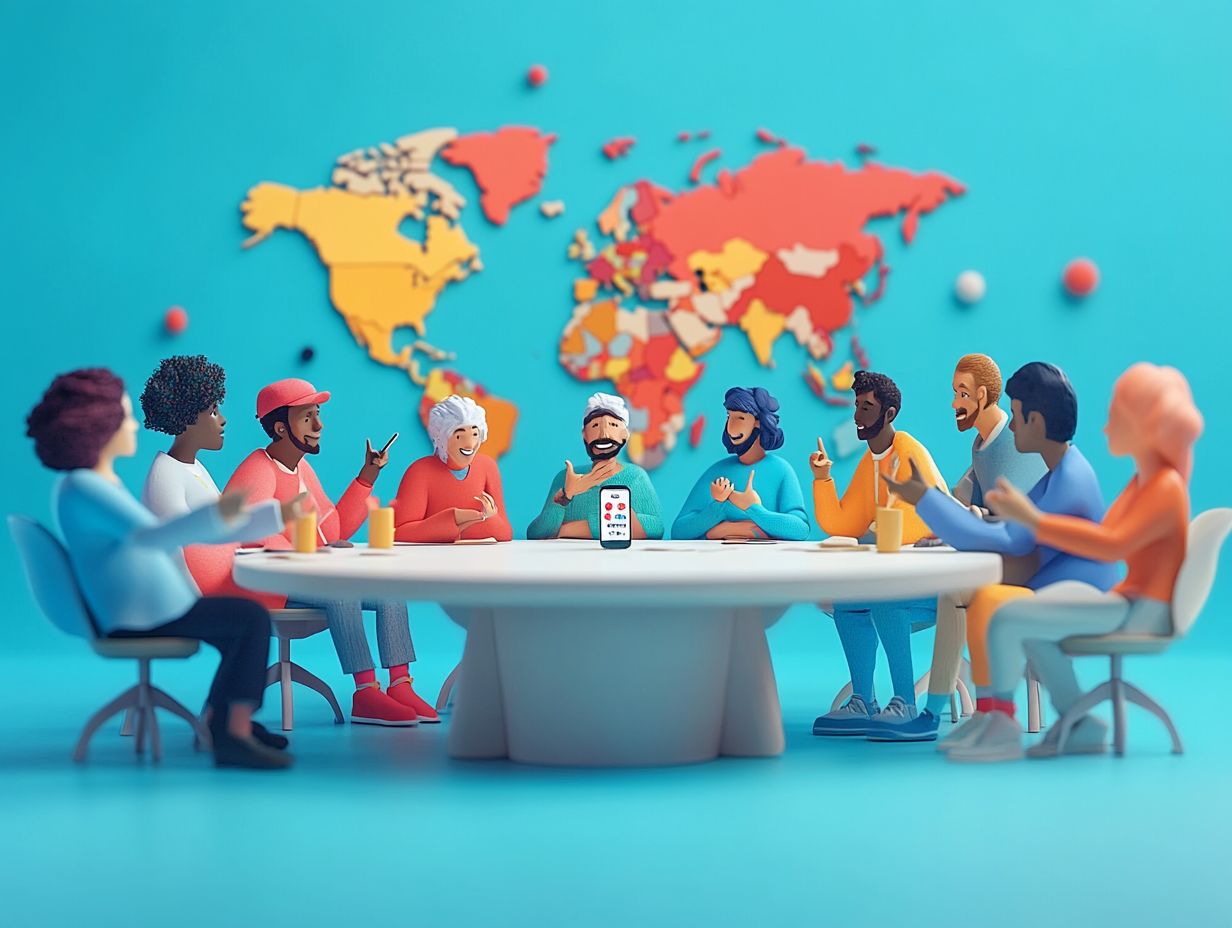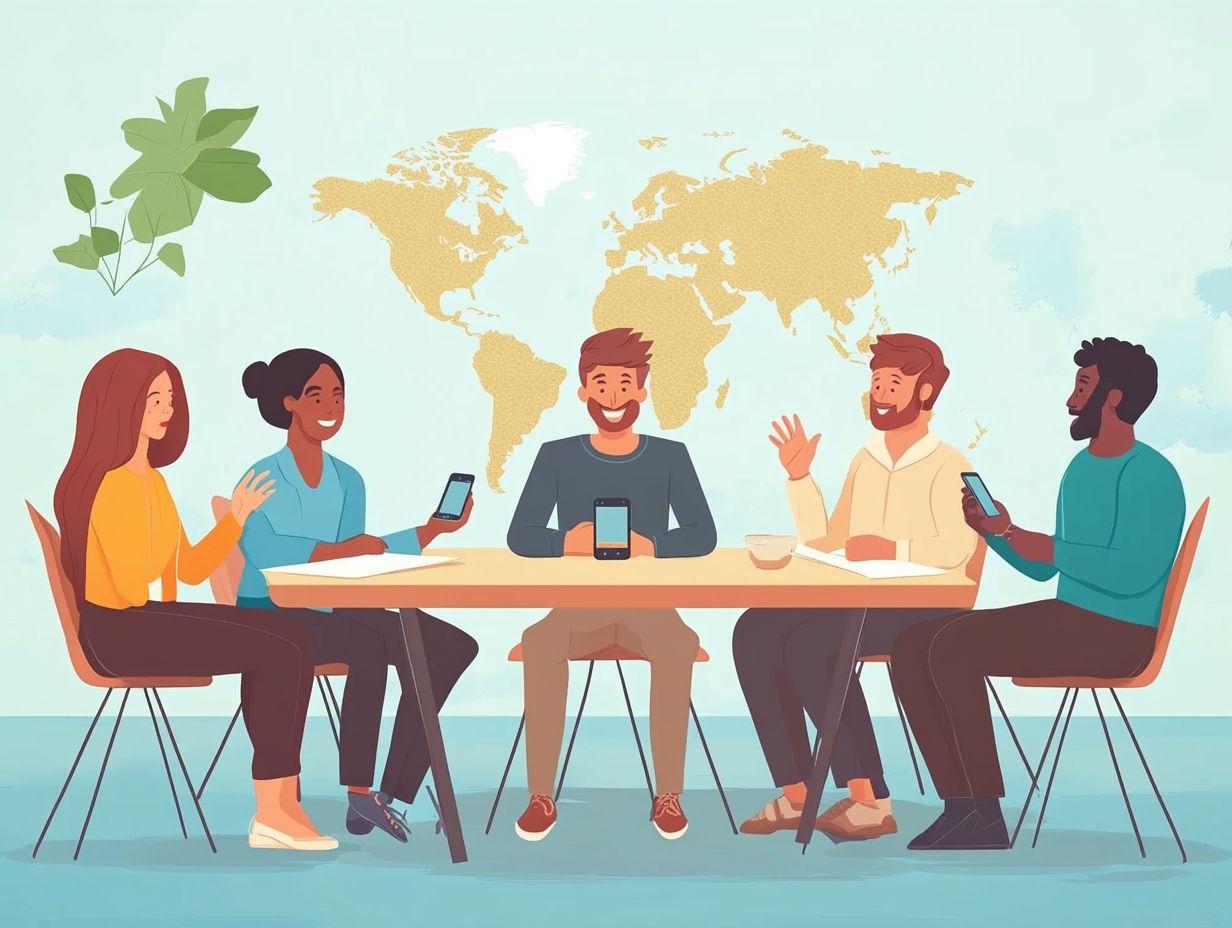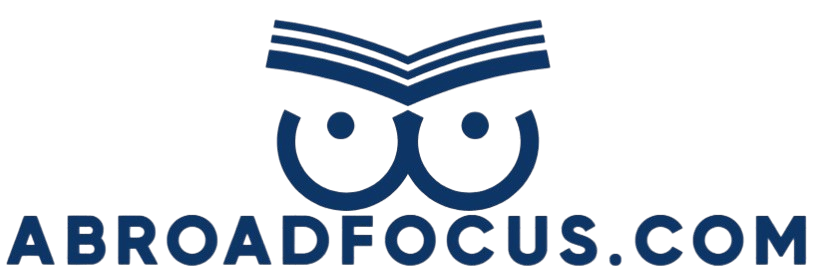How to Handle Language Barriers?
Language barriers can seriously disrupt communication don’t let them stand in your way!
They can profoundly hinder communication, influencing both personal and professional interactions.
In various contexts be it the workplace, healthcare environments, or during travel these barriers frequently result in misunderstandings and frustration.
This article delves into the definition and implications of language barriers, shedding light on the common challenges they pose while offering effective strategies to navigate them.
By recognizing and addressing these obstacles, you can cultivate clearer communication and enhance your interactions in diverse settings.
Contents
- Key Takeaways:
- Understanding Language Barriers
- Common Challenges with Language Barriers
- Communication Difficulties
- Strategies for Overcoming Language Barriers
- Handling Language Barriers in Different Settings
- Frequently Asked Questions
- What are some effective strategies for handling language barriers?
- How can I improve communication with someone who speaks a different language?
- What are some common challenges when dealing with language barriers?
- What should I do if I encounter a language barrier in a professional setting?
- Is it important to be aware of cultural differences when handling language barriers?
- What resources are available to help handle language barriers?
Key Takeaways:

- Effective communication is key when handling language barriers! Use simple language, speak slowly, and use non-verbal cues to enhance understanding.
- Utilizing translation services can bridge the gap between languages. Consider hiring a professional translator or using technology such as translation apps.
- Language barriers can be encountered in various settings, such as the workplace, healthcare settings, and while traveling. Be aware of cultural differences and adapt communication accordingly.
Understanding Language Barriers
Language barriers present considerable challenges that can impede effective communication in various settings, especially in the workplace.
These obstacles often stem from cultural differences, diverse levels of language proficiency, and varying communication styles.
Recognizing the effects of language barriers is essential for enhancing workplace culture and fostering employee engagement.
Acknowledging these challenges is vital for cultivating a respectful environment where every voice is valued and misunderstandings are kept to a minimum.
By proactively addressing these barriers, organizations can significantly boost workplace efficiency and refine collaboration strategies across their global workforce.
Definition and Impact
The term “language barriers” describes the challenges that arise when individuals from different linguistic backgrounds attempt to communicate, often resulting in misunderstandings and miscommunications.
These barriers can manifest in various ways, such as difficulties in grasping spoken or written instructions, cultural details that get lost in translation, and even differing interpretations of gestures or body language.
In a workplace setting, this can lead to decreased productivity and employee morale, as teams grapple with aligning on goals and expectations.
For instance, misunderstandings in project directives may cause delays, while cultural differences could foster feelings of exclusion among team members.
When employees feel misunderstood or undervalued, workplace culture can take a hit, creating an environment where collaboration becomes increasingly challenging.
Common Challenges with Language Barriers
Language barriers pose significant challenges that can impede effective communication in diverse environments, particularly in workplaces that prioritize inclusion and language diversity.
You may encounter issues such as communication breakdowns, cultural misunderstandings, and misinterpretations, especially if you’re a non-native speaker grappling with technical jargon or lacking cultural context.
Tackling these challenges is essential for nurturing a collaborative atmosphere where every employee feels respected and understood.
By recognizing these obstacles, your organization can implement effective strategies to enhance communication and boost morale!
Communication Difficulties
Communication difficulties arising from language barriers can lead to significant misunderstandings among employees. This disruption affects collaboration and productivity.
These challenges can take many forms. For instance, non-native speakers may struggle with idiomatic expressions or jargon commonly used by their colleagues. Imagine a meeting where a team member, lacking proficiency in the dominant language, misinterprets crucial points or finds it hard to express their ideas clearly. This situation not only affects their confidence but also undermines overall team dynamics.
Written communication introduces its own complications. Nuances in emails or reports can easily get lost in translation. For non-native speakers, the consequences can be profound. Miscommunication can lead to feelings of isolation and stall their professional growth.
Cultivating an environment that prioritizes effective communication is crucial. Bridging these gaps empowers employees to contribute fully to their teams, enhancing both collaboration and overall success.
Cultural Misunderstandings

Cultural misunderstandings often amplify the challenges posed by language barriers. This results in conflicts and diminished workplace efficiency.
Communication hurdles arise from a variety of cultural backgrounds, which can unexpectedly influence perceptions, behaviors, and values. For instance, variations in norms regarding eye contact, gestures, and even the use of silence can lead to misinterpretations, creating frustration among team members.
When individuals overlook the significance of cultural context, they risk unintentionally offending colleagues or misreading intentions. Such situations can breed an environment of mistrust.
For any organization aiming for effective communication strategies, prioritizing cultural awareness is essential. This focus enhances collaboration and cultivates a more inclusive atmosphere.
Encouraging open dialogue and genuine understanding allows teams to bridge these cultural gaps, fostering stronger relationships and yielding improved outcomes.
Strategies for Overcoming Language Barriers
Implementing effective strategies to overcome language barriers is crucial for fostering a collaborative and inclusive workplace environment. Explore a variety of approaches, such as:
- Offer language training programs to empower your team.
- Utilize professional translation services to ensure clear communication.
- Employ visual aids to make understanding easier.
Take action now! Implement these proactive measures to enhance workplace interactions. These strategies not only foster understanding but also create a more respectful environment where everyone can thrive.
Effective Communication Techniques
Effective communication techniques are essential for overcoming challenges posed by language barriers, especially in diverse workplaces.
Incorporating strategies such as visual aids significantly enhances comprehension among team members with varying levels of language proficiency. Using simplified language, free from jargon, ensures clarity and prevents misunderstandings that can arise from complex expressions.
Proactive language training for your staff builds their confidence in using a second language while cultivating a culture of inclusivity. These methods empower individuals to express themselves more effectively, creating an environment where information flows freely and collaboration thrives. This ultimately benefits the entire organization.
Utilizing Translation Services
Utilizing translation services is a crucial strategy for overcoming language barriers and enhancing global communication within your organization.
In today s interconnected world, the importance of clear communication cannot be overstated. It helps teams work together and builds trust among diverse groups. You may often face challenges when navigating cultural nuances and varying dialects. This makes professional translation an essential aspect of your operations.
A range of services is available to meet these needs, including:
- Document translation
- Interpreter services
- Localization services (making content suitable for local audiences)
Each of these services plays a distinct role in ensuring that your messages are conveyed accurately and respectfully across different languages. This is critical not only for successful business negotiations but also for nurturing relationships in multicultural environments.
Handling Language Barriers in Different Settings
Effectively navigating language barriers across various contexts be it in the workplace, healthcare settings, or during your travels demands a tailored approach to meet unique challenges.
In a multilingual workplace, cultivating an inclusive culture is essential for fostering effective communication among employees from diverse backgrounds.
In healthcare, clear communication is crucial for making sure patients get the best care possible. Using professional interpreters and translation services is vital.
While traveling, being aware of cultural differences and employing effective strategies can significantly enhance your interactions. This helps minimize misunderstandings and enrich your experiences.
In the Workplace

In the workplace, language barriers can impede employee interactions and affect overall productivity. It s crucial to adopt effective communication strategies.
These barriers often result in misunderstandings, reduced collaboration, and a sense of isolation among team members, impacting morale.
To improve this situation, your organization should invest in employee training programs that enhance language skills and promote intercultural awareness.
By fostering an inclusive atmosphere that celebrates diverse languages and backgrounds, you can cultivate a more cohesive environment. This not only improves communication flow but also spurs innovation and creativity as varying perspectives come together to tackle challenges.
Prioritizing these strategies ensures that everyone feels valued and heard, setting the stage for a more productive workplace.
In Healthcare Settings
In healthcare settings, language barriers can significantly influence patient outcomes and the overall quality of care. Such barriers often lead to misunderstandings, misdiagnoses, and a lack of trust between healthcare providers and patients.
When you cannot effectively communicate your symptoms, concerns, or medical history, it complicates the delivery of appropriate treatments. This is where interpreter services become invaluable, bridging the gap and ensuring that vital information is accurately conveyed and understood.
Cultural awareness is essential; it allows providers to appreciate and respect diverse backgrounds, fostering a more inclusive environment.
By prioritizing effective communication strategies, healthcare facilities can significantly enhance patient engagement and satisfaction. This ultimately leads to improved health outcomes.
While Traveling
While traveling, you may encounter language barriers that can lead to cultural misunderstandings and communication challenges. These challenges can impact your overall experience.
Language obstacles can create confusion and frustration. It is essential to adopt various strategies to bridge the gap. Utilizing translation apps, learning a few key phrases in the local language, and demonstrating genuine enthusiasm for communication are all valuable approaches, as highlighted in navigating language barriers: travel tips that can greatly ease your interactions.
Being aware of cultural nuances such as greetings, gestures, and social norms can foster respect and goodwill. By recognizing these differences and striving for effective communication, you can turn potential setbacks into enriching encounters. This approach ultimately enhances your journey and deepens your appreciation for diverse cultures.
Frequently Asked Questions
What are some effective strategies for handling language barriers?
Some effective strategies include using simple and clear language, speaking slowly, and enunciating words. Visual aids or gestures can aid understanding, while translation apps can help when necessary.
How can I improve communication with someone who speaks a different language?

To enhance communication with someone who speaks a different language, learn a few key phrases in their language. Be patient and understanding, and ask questions to ensure clarity. Having a third-party mediator can also be beneficial.
What are some common challenges when dealing with language barriers?
Common challenges include miscommunication and misunderstandings. It can be difficult to convey complex or technical information. Cultural differences and nonverbal communication can also pose challenges.
What should I do if I encounter a language barrier in a professional setting?
If you face a language barrier in a professional setting, stay calm and embrace the challenge! Be patient and respectful. To improve your experience, consider how to overcome language barriers while traveling by looking for alternative communication methods, such as writing or using translation apps.
Is it important to be aware of cultural differences when handling language barriers?
Absolutely! Being aware of cultural differences is essential. Different cultures may have unique communication styles, nonverbal cues, and expectations. Understanding these differences can improve communication and reduce misunderstandings.
What resources are available to help handle language barriers?
Many resources can assist in handling language barriers, including translation services, language learning tools, and how to navigate language barriers while abroad. Don’t hesitate to reach out to colleagues or organizations experienced in cross-cultural communication.
Take action today to enhance your communication skills and embrace the beauty of diverse cultures!






